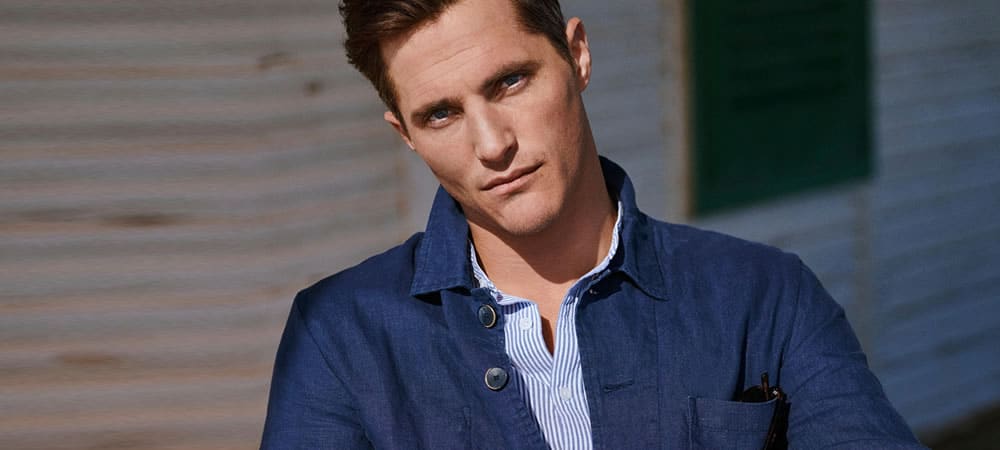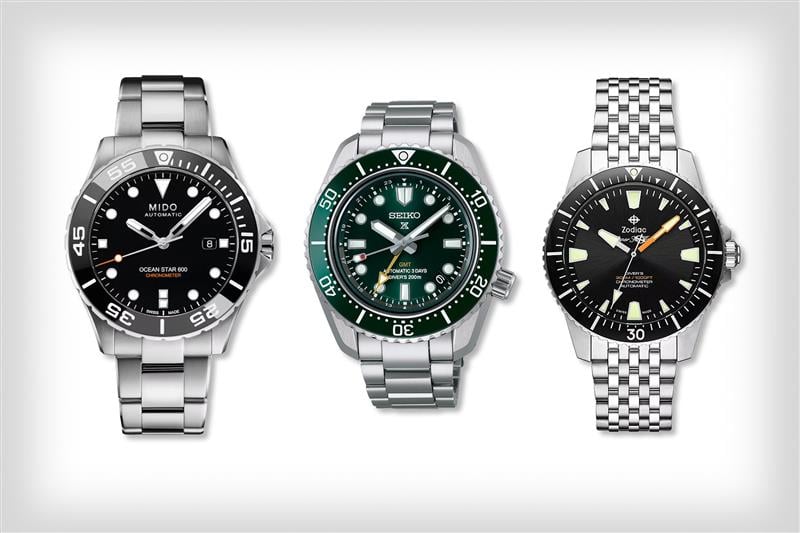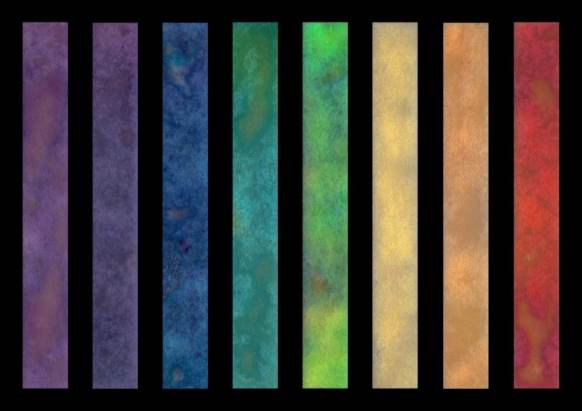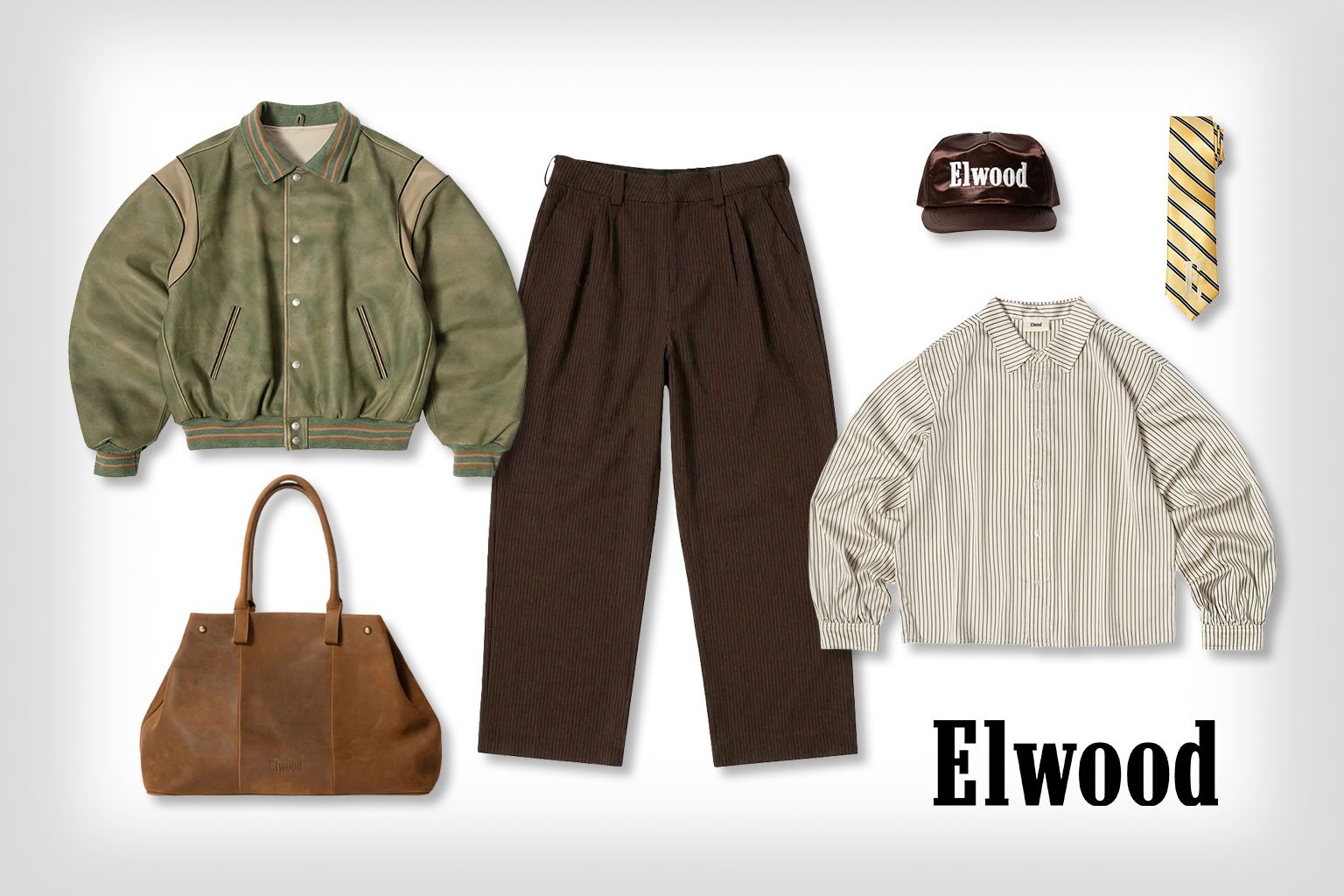It’s not difficult to look good in a suit. If you’ve got the money and an experienced tailor who knows what he or she is doing, then you can’t really fail. Simply hand over your cash, listen to their sartorial know-how, and allow them to stitch you something that’s made to flatter the contours of your body. All you have to do is tie your tie.
But, things are not so easy with casual dress. A suit is a uniform that complements itself, but there is no such copout with casual dress – you have to mix and match different garments on your own, and there is no tailor to hide behind.
For so long, the suit was the default attire for men. But now, with fewer people having to wear them for work – one in ten people now wear one to work according to one survey – they are focusing more time and spending more money on their casual clothing. But where to start? There are numerous business casual and smart casual dressing guides out there, but what about looking good when dress codes don’t apply?
A History Of Keeping It Casual
Casual dress for men can be traced back to that most stylish of decades, the 1950s. The war was over, and teenagers in the UK and America wanted a something different, a life that contrasted with the austerity of conflict and the boredom of the corporate world. So, suits and the stuffiness or formal clothing were out, and jeans, freedom and rock ’n’ roll were in.
Films such as Rebel Without A Cause and The Wild One had a significant impact, and music stars such as Elvis Presley and Little Richard only further cajoled the original youthquake. The new mood was one of excitement and passion, rather than suppression and rations, and the anti-establishment uniform of jeans, T-shirt and leather jacket best encapsulated this.
Marlon Brando in The Wild One (1953)
The biggest style takeaway from this period, and one that will likely always influence the way we dress is denim, and specifically denim jeans. While they were invented as part of a uniform for gold miners on the west coast of America around the turn of the 20th century, they were reborn in the ‘50s as a staple of casual, anti-conformist dress. Since then, in every decade they’ve formed the backbone of casual attire, whether bleached and flared in the ‘70s, high-waisted in the ‘80s, acid washed in the ‘90s or skin tight in the ‘00s.
Jonathan Cheung, SVP of Levi’s Design believes this “happened because it was adopted by biker gangs post World War II – young guys, back from the war who started wearing Levi’s as part of biker culture. This spirit of freedom and rebellion spread to the beginnings of rock ’n’ roll with Eddie Cochran and didn’t go unnoticed by Hollywood – and Marlon Brando in particular.”
Today, jeans continue to rise – predicted global sales will soar another 8.40% by 2021 according to market research firm Techavio. So, while it’s hardly breaking news, if you’re stuck for where to begin with your casual wardrobe, take a leaf out of Dean and Brando’s book.
Levi’s Vintage Clothing
What Is Casual Dress For Men?
The first rule of casual dress right now is that there are no rules. You can, quite literally, wear what you want and be considered ‘casual’, but therein lies the problem. There is no direction, no predefined set of rules. One answer for some men is to follow the crowd. Next time you go to the pub on a Saturday night, spot the gaggles of identikit drinkers all decked out in jeans and some form of untucked shirt. There is nothing wrong with this, of course, but to stand out in casualwear, conversely, takes a bit of effort.
Then there are the shifting goalposts of casual dress. With the demise of the suit’s popularity, fashion brands have realised that casual clothing is where people are spending the most money. This at least partly explains why Gucci, Dior, Prada, Louis Vuitton et all – luxury fashion houses with over 400 years of combined history – have essentially become ‘hype’ brands, reacting and collaborating with the highly lucrative streetwear market currently dominating the industry.
 Mr Porter x Vive La France
Mr Porter x Vive La France
Up until a few years ago these brands didn’t stray too far from traditional tailoring in their men’s collections, but now anything goes, from £400 sliders to monogrammed LV X Supreme hoodies re-selling on eBay for eight grand. And that’s before we get started on Balenciaga, or Vetements’ ‘DHL’ T-shirts. Is it possible to dress well casually without buying into this ridiculousness? Well, yes. Yes, it is.
In actual fact, that is the beauty of casual clothing. Unlike with tailoring, where you generally have to fork out a substantial amount to buy a fine suit, you can look ace on very little budget. Just follow our pointers below if you’re stuck on where to start. These ‘rules’ are not set in stone and are merely suggestions, but they are a good place to start if you’re looking for casual style inspiration.
The 6 Rules Of Casual Dress
Pay Attention To Fit
As with tailoring, fit can make all the difference with casual attire. The difference is, you don’t always have to look tailored. How should your clothing fit? This really depends on the look you’re going for and your body type.
Traditionalists will say that a slim-but-not-restricting fit should be the ideal to aim for, but there’s been a shift towards looser styles in reason seasons, with boxy shirts, and outerwear, and wide-legged trousers proving popular amongst designers and fashion-forward consumers. That said, there’s still an argument for slimmer fitting clothing that flatters the wearer’s body shape.
The point is, fit is one of the most important aspects when it comes to clothing and it should be considered above all else.


Mr Porter x Vive La France







